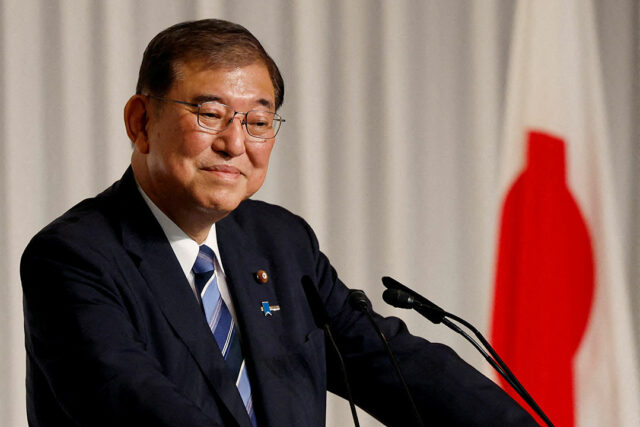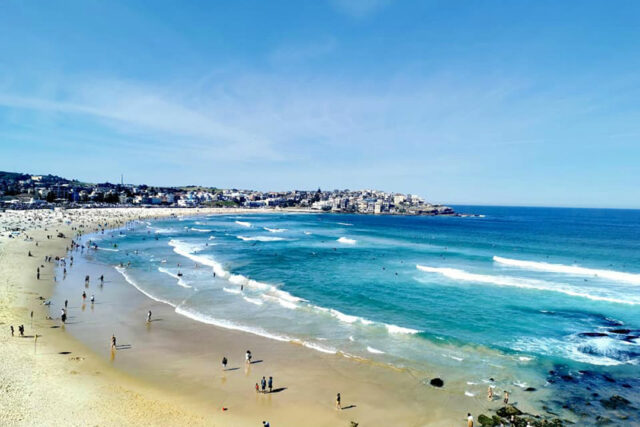The General Tax Amnesty bill: Opportunities for compliance and growth
IN BRIEF:
• The General Tax Amnesty Bill, formally known as Senate Bill No. 60, presents a significant opportunity for taxpayers to address their tax obligations while alleviating penalties and interest on unpaid taxes.
• This initiative aims to foster a culture of compliance among taxpayers, encouraging them to fulfill their obligations through transparent policies and processes.
• Understanding the provisions of the General Tax Amnesty can empower businesses to strategically manage their tax responsibilities and enhance their operational efficiency.
The introduction of the General Tax Amnesty Bill marks a pivotal moment for taxpayers. This bill seeks to provide relief to individuals and businesses by addressing the challenges posed by the previously vetoed 2018 Tax Amnesty Act. By offering a reprieve from penalties and interest on unpaid taxes, the General Tax Amnesty aims to promote compliance and encourage taxpayers to settle their obligations.
The General Tax Amnesty covers a wide range of taxes, including income tax, withholding tax, capital gains tax, donor’s tax, value-added tax (VAT), and excise tax. This coverage extends to the taxable year 2024 and prior years, regardless of whether assessments have been issued for unpaid taxes.
However, it should be noted that estate tax and certain specified individuals or cases are excluded from this coverage. These cover withholding tax agents who withheld taxes but failed to remit the same, certain taxpayers with cases pending in appropriate courts (e.g., those involving tax evasion and other criminal cases), tax cases, delinquencies, and assessments that have become final and executory.
KEY PROVISIONS
The General Tax Amnesty encompasses various taxes collected by the Bureau of Internal Revenue (BIR) and the Bureau of Customs (BoC). This comprehensive coverage underscores the government’s commitment to facilitating compliance among taxpayers.
ENTITLEMENT UNDER THE GENERAL TAX AMNESTY
The amnesty is applicable to both natural and juridical persons, providing flexibility in how taxpayers can settle their obligations. Taxpayers have two options for paying the amnesty tax, the first being 2% of total assets as of Dec. 31, 2024, as declared in the Statement of Total Assets. The second option is based on total net worth as of Dec. 31, 2024, as declared in the Statement of Assets, Liabilities, and Net Worth, with specific rates and minimum payments for various categories.
The rate for individuals (including trusts and estates) is 5% or P100,000, whichever is higher. For corporations, the rate depends on subscribed capital: 1) Over P50 million subscribed capital: 5% or P1,300,000, whichever is higher, 2) P20 million to P50 million subscribed capital: 5% or P650,000, whichever is higher, 3) P5 million to P20 million subscribed capital: 5% or P350,000, whichever is higher, 4) Below P5 million subscribed capital: 5% or P150,000, whichever is higher.
For other juridical entities (e.g., taxable cooperatives and foundations), the rate is 5% or P100,000, whichever is higher.
Taxpayers with negative net worth can still avail of the amnesty by paying the minimum tax, ensuring inclusivity.
PROCESS FOR AVAILING OF THE AMNESTY
To benefit from the General Tax Amnesty, taxpayers must file a sworn General Tax Amnesty Return accompanied by a notarized Statement of Total Assets or notarized Statement of Assets, Liabilities, and Net Worth, as the case may be, within one year from the effectivity of the Implementing Rules and Regulations. Payment of the amnesty tax is due at the time of filing, streamlining the process for compliance.
DISCOUNTS FOR EARLY PAYMENT
The bill incentivizes timely compliance by offering discounts for early payment: a 20% discount if paid within the first three months, a 15% discount if paid between the fourth and sixth months, and a 10% discount if paid between the seventh and ninth months.
These discounts not only encourage prompt action but also provide a financial incentive for taxpayers to settle their obligations swiftly.
IMMUNITIES AND PRIVILEGES
Those who avail of the General Tax Amnesty and have fully complied with all the conditions therein and upon payment of the amnesty tax are entitled to the following immunities and privileges:
Immunity from taxes: Taxpayers will be immune from the payment of taxes, additions thereto, and from all related civil, criminal, and administrative cases and penalties under the 1997 National Internal Revenue Code, as amended, for the taxable year 2024 and prior years. This immunity also extends to investigations or suits related to the assets, liabilities, net worth, and internal revenue taxes that are the subject of the tax amnesty.
Confidentiality of information: Any information or data contained in, derived from, or provided by a taxpayer in the Tax Amnesty Return, Statement of Total Assets, or Statement of Assets, Liabilities, and Net Worth will be confidential in nature and not be used in any investigation or prosecution before any judicial, quasi-judicial, and administrative bodies. However, the taxpayer may use this information as a defense in cases brought against them.
Exemption from examination: The books of account and other records of the taxpayer for the years covered by the tax amnesty will not be examined by the BIR, except under specific conditions such as verifying the validity or correctness of a claim for any tax refund, tax credit (other than refund of taxes withheld on wages), tax incentives, and/or exemptions under existing laws.
These immunities and privileges do not apply if the taxpayer fails to file the necessary returns or if there is a significant understatement of assets or net worth, or in cases of fraud.
SAFEGUARDS AGAINST TAX EVASION
To enhance the integrity of the tax system and address concerns related to tax evasion, the General Tax Amnesty Bill incorporates several essential safeguards. Notably, it includes provisions for lifting bank secrecy, which grants the Commissioner of Internal Revenue access to financial information necessary for verifying taxpayer declarations during the one-year period of the General Tax Amnesty.
Additionally, the bill requires the automatic exchange of information among relevant government agencies, facilitating a more comprehensive oversight of taxpayer compliance. Furthermore, it imposes penalties for inaccurate net worth or total asset declarations, serving as a deterrent against fraudulent reporting and emphasizing the importance of transparency in tax compliance.
By implementing these safeguards, the General Tax Amnesty Bill seeks to cultivate a culture of accountability and trust between taxpayers and the government, ultimately contributing to a more equitable tax system.
COMPLIANCE AND POTENTIAL FOR GROWTH
The General Tax Amnesty Bill represents a significant opportunity for taxpayers to address their obligations while minimizing penalties. By understanding the provisions and processes outlined in the bill, businesses can strategically navigate their tax responsibilities and enhance their operational efficiency.
However, it is important to note that the General Tax Amnesty Bill needs to go through the legislative process before it can become a law, and stakeholders should remain aware of potential changes that may arise during this period.
For organizations looking to leverage the benefits of the General Tax Amnesty, it is advisable to engage in discussions with tax advisors about the potential advantages of the program. By fostering a culture of compliance and taking proactive steps to manage tax obligations, businesses can build a positive reputation and strengthen their relationships with stakeholders.
In the context of the Philippine business environment, the General Tax Amnesty serves as a reminder of the importance of compliance and the potential for growth that comes from fulfilling tax obligations. By embracing this opportunity, businesses can position themselves for long-term success.
This article is for general information only and is not a substitute for professional advice where the facts and circumstances warrant. The views and opinions expressed above are those of the author and do not necessarily represent the views of SGV & Co.
Michael A. Madlangbayan is a global compliance & reporting (GCR) partner of SGV & Co.











